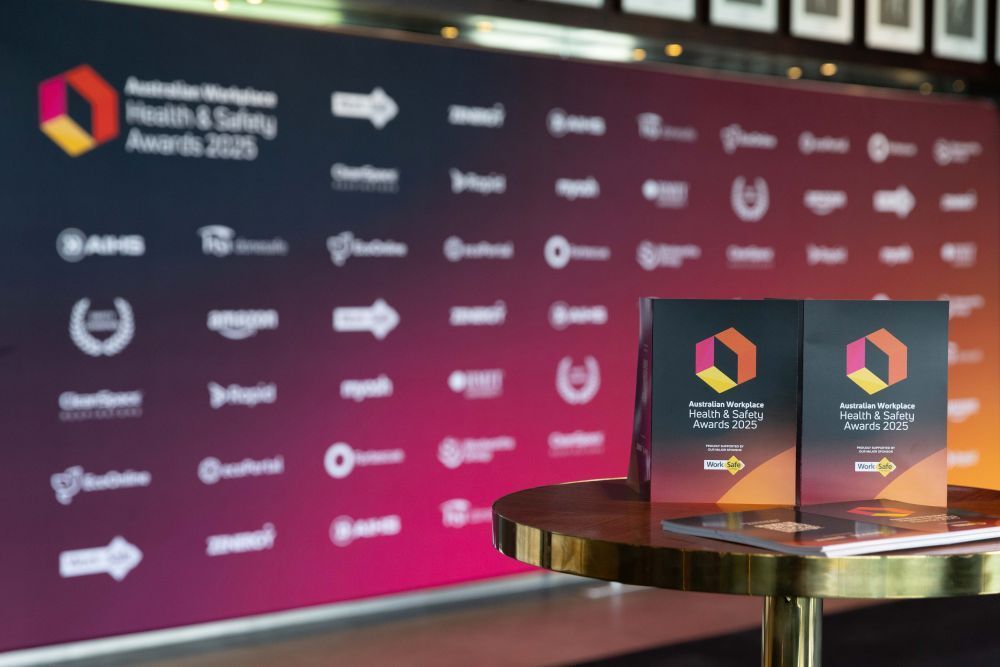How to avert WHS problems at recruitment
Anyone who has received professional education in work health and safety will have heard early on in their studies that a central aim of WHS is to fit the job to the person, rather than trying to fit the person to the job. This is easy to understand as a humane and inclusive principle that aims to avoid discrimination and make work safe for everyone.
Nevertheless, there is a sound argument for checking a job applicant’s suitability and capacity to do the work, so that the employer will not be putting people at risk of injury to themselves or others.
To some extent, job applicants will exclude themselves from positions for which they are not suited – a person with a bad back is unlikely to seek a job as a furniture removalist, for example; and someone with an uncorrected hearing loss will probably not be wanting to undertake work where they’ll be on the phone all day. The suitability of job applicants is not automatic, however, and picking the right person for the job will necessarily involve matching the demands of the position with the physical and mental capacities of the individual.
Employers’ obligations for pre-employment health checks
For some types of work, there are specific legal requirements to satisfy. For example, commercial and heavy vehicle drivers and rail industry workers must undergo pre-employment medical assessments that comply with the relevant national standards. In Queensland, coal mining employers must ensure that health assessments are carried out on everyone they employ or intend to employ as a coal mine worker, unless the worker is to be employed solely on low-risk tasks. In NSW as well, personnel must be assessed before they start working in a coal mine.
As long as the assessment is genuinely relevant to the needs of the work, and not used as a means to discriminate unreasonably against anyone, health checks at the recruitment stage in general can be seen as an aspect of the employer’s duty of care, and a first step in the risk management process.
Pre-employment drug and alcohol testing
For some types of work, there are specific legal requirements to satisfy. For example, commercial and heavy vehicle drivers and rail industry workers must undergo pre-employment medical assessments that comply with the relevant national standards. In Queensland, coal mining employers must ensure that health assessments are carried out on everyone they employ or intend to employ as a coal mine worker, unless the worker is to be employed solely on low-risk tasks. In NSW as well, personnel must be assessed before they start working in a coal mine.
As long as the assessment is genuinely relevant to the needs of the work, and not used as a means to discriminate unreasonably against anyone, health checks at the recruitment stage in general can be seen as an aspect of the employer’s duty of care, and a first step in the risk management process.
Other business benefits of pre-employment medical assessments
As well as helping to protect a worker from injury, a pre-employment health check can help protect an employer from being held liable for a worker’s pre-existing injury or illness. In the past, this was a frequent concern of employers who felt it was unfair to hold them responsible for the hearing loss sustained by a worker at the workplace of the worker’s previous employer. In such cases, a baseline hearing test at recruitment would have established the extent of the worker’s pre-existing hearing loss, enabling subsequent assessments to be compared and interpreted.
The benefits and presumed benefits to employers have spawned an entire industry of companies that carry out all sorts of pre-employment checks, including fitness for work, full musculoskeletal examinations, lung function tests, visual acuity assessment, psychometric testing and even job success analysis that compares work preferences to the success traits for a particular position.
Providing information about hazards, risks and workplace policies
In addition to pre-employment health checks, the other aspect of averting WHS problems at recruitment involves telling prospective employees about the hazards and risks of the job, and the policies the employer has in place to control those risks. While a fuller account can be given at induction, it is important for the prospective employee to understand what they will be required to undertake, under what conditions, what risks to be aware of and the safety-related procedures with which they will be expected to comply.
Can a worker be excluded from a job if they ‘fail’ the medical assessment?
A previous injury or medical problem should not on its own exclude an applicant for a job. With a previous injury, for example, an assessment should aim to check whether there is any ongoing or long term condition that will need to be managed at the workplace, or for which a relatively minor adjustment to the work process or equipment would be desirable. It is illegal for an employer to refuse to employ someone because of a disability that is unrelated to the requirements of the job.
Originally posted on Workplace OHs






